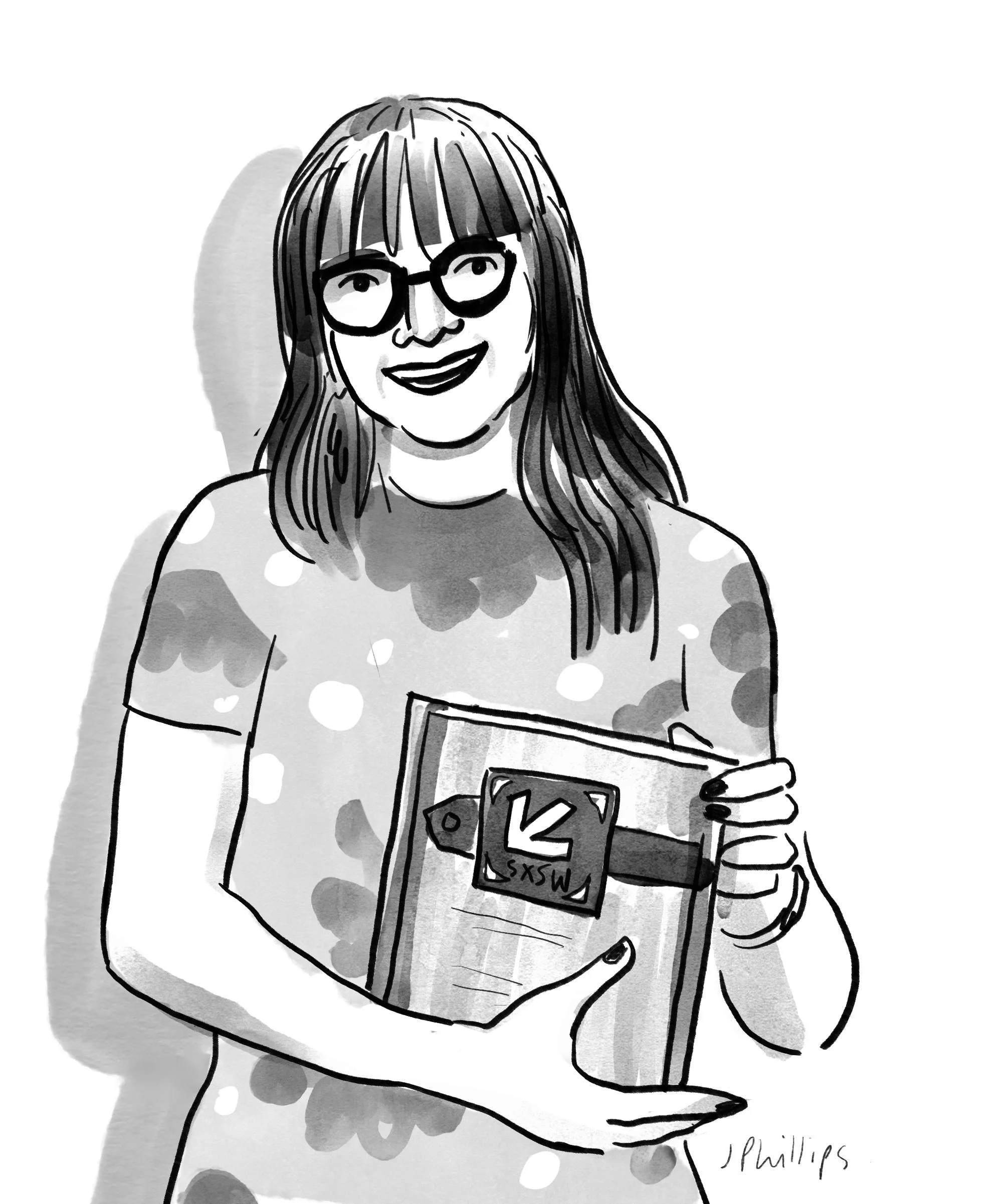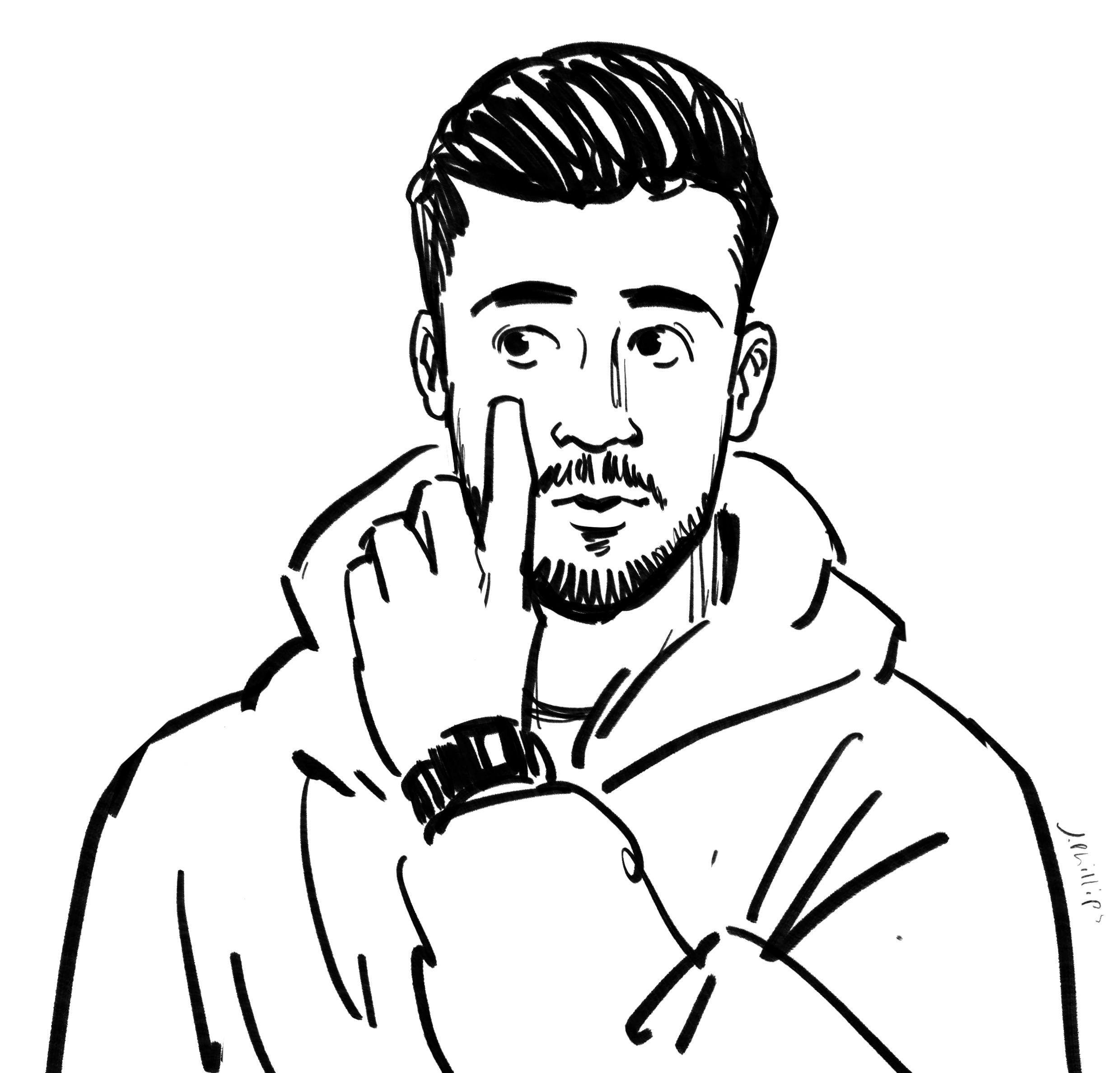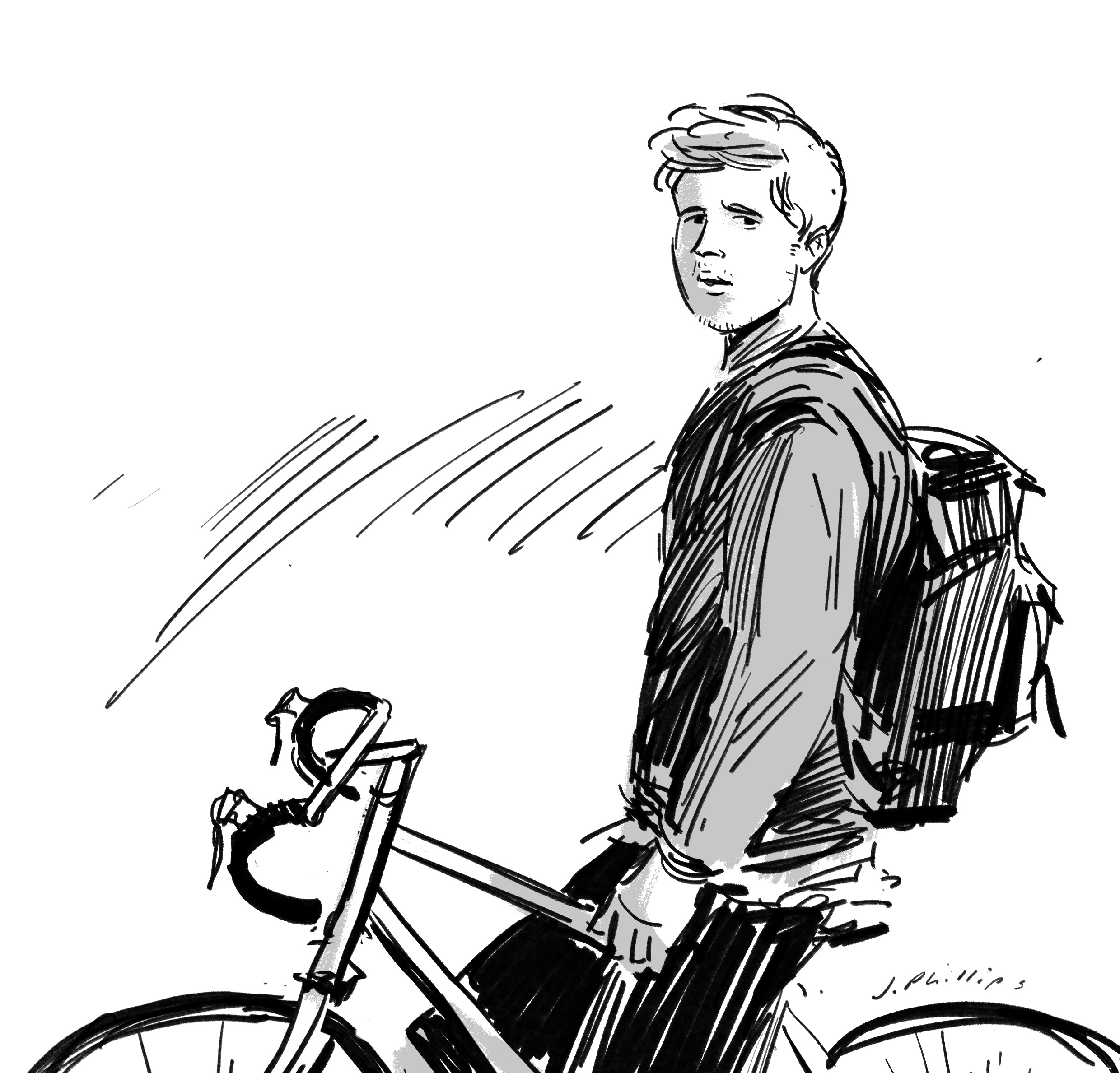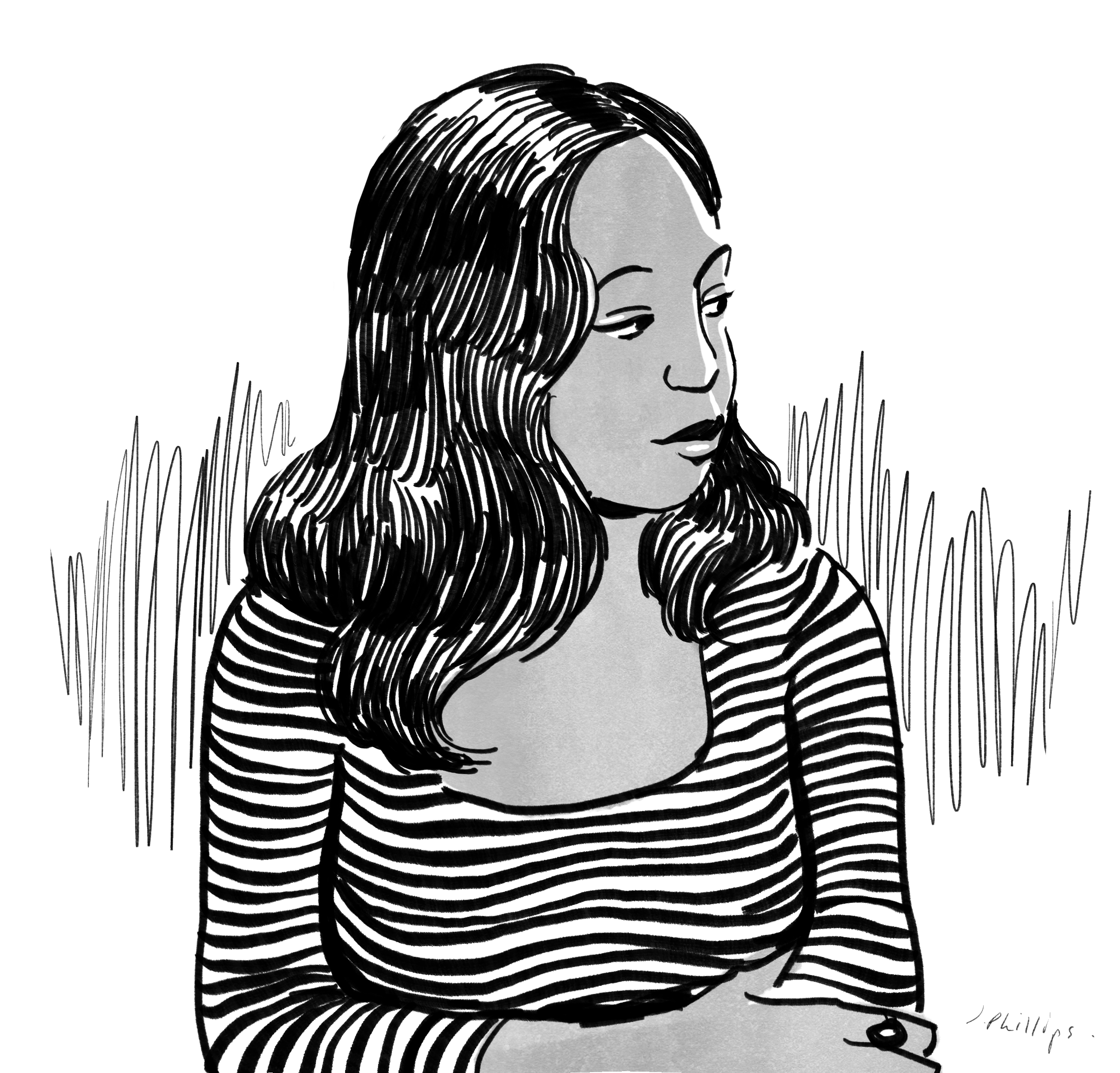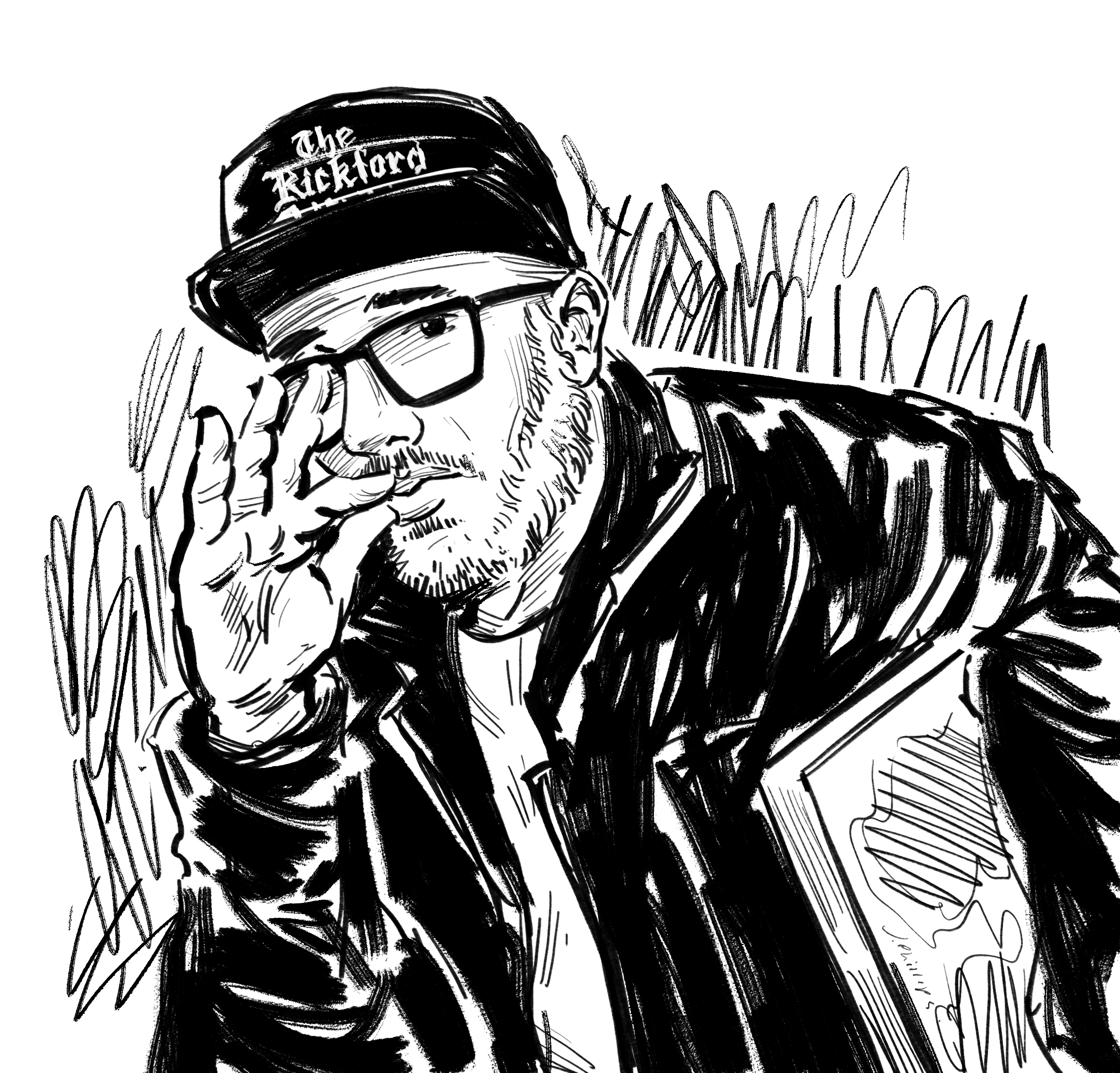Micaiah Carter, Photographer
Micaiah Carter is an editorial and fashion photographer based in Brooklyn, NY who blends fine art, portraiture, and purpose. His images are warm, welcoming, and totally open.
Straight after college, Micaiah hit the ground and started sprinting. He has shot for Nike, Vogue, Adweek, Converse, Thom Browne, and many more.
He shares four photo books that inspire his work, his personal approach to portraiture, and thoughts on where the industry needs more attention.
This interview was edited for clarity and length.
The Kitchen Table Series,
by Carrie Mae Weems,
“I love the subject matter and the simplicity of it—how she can have everything on the kitchen table series but then go through so many scenarios that go on. I love the simplicity that she held onto when she was going through each of these scenes for the book. I felt a familiar face. I felt connected. I felt that there was something that I could relate to. It was interesting to see a woman's perspective—that really resonated with me the most. And seeing her be honest with her own storytelling. I try to create that same energy sometimes. It was really nice to see these photographs exist.”
A Time Before Crack,
by Jamal Shabazz
“I love the way that he captures people, and especially New York City. It's important within the black community to see these photographs of people. It reminds me of my dad's archival work, too. Capturing people in the ‘80s and the late ‘70s is historical—that was the biggest thing, having a pinpoint for these people to live in history. That stood out to me the most. But I can also see that he takes time in his framing and I like seeing that initiative to frame up these subjects where he only has a few moments to shoot the photo of these people.”
Philip-Lorca DiCorcia: Hustlers,
by Philip-Lorca DiCorcia
“What inspired me was that he really connected with each of the subjects. It was very interesting to see these everyday people kind of submerged into this fantasy within his photos with lighting and with the framing. I really like the way that he colored his images and the ranges of the color. There’s honesty shown within these people. I try to put a lot in my work as well. It makes me feel like a fly on the wall, peering into these peoples' lives, into their every day or where they're stationed at.”
Umbra,
by Viviane Sassen
“I love this book because she uses shadows and light in such a unique way; it was like paintings. Her work feels like experiments and questions. When I look at the image of the giant cactus and the small man in front, it gives me a sense of nostalgia. It makes me feel like I know the person, but I also don't. I love having this omnipresent view, but also feeling kind of connected to the subject matter and to what they're doing. There isn’t a single visible face in the work.
What stuck out to me is that you can connect with these people without having to see who they are, but you can connect with their physical places and emotions, how they're being posed, and how they're acting within a space. It made me think about my photography more dynamically, and how the subject doesn't always have to be seen in the frame. It doesn't have to be so clean. Photography doesn't have to be limited to just taking a photo that's properly lit. After seeing this, I played around with shadows, and I use gels and different types of lighting techniques that can make the person feel more dynamic or even take them away entirely.”
Micaiah, your more recent portraiture is quite raw and emotion-filled. When you're making this work, what are you feeling during that process? What are you saying to your subjects to bring that out?
It's all about the communication I have before I start shooting. I really am open with the team in what I want to capture, and I try to have them evict some type of emotion. I try to connect with something that they've been through before in the past.
For example, if I want them to feel like they've just gotten broken up, we would have a conversation, and I would relate to them about something that happened to me. That can make them feel more comfortable showing that emotion. Also, music is really, really important when I shoot people because I feel like the senses really evoke how you feel. I think to have a full-rounded thing where it's not only you talking about it, but you can also feel and hear songs that kind of make you feel this emotion. That really helps with showing the subject to get to that place.
Even on location, I bring a speaker with me. I always have to have music on set.
Do you select that music beforehand for the mood that you're trying to set, or is that in the moment?
It depends. Usually, I have a playlist that I use, and I have songs on there, or I'll find the song that I'm inspired by, and I'll play that song maybe 10 times while I'm shooting the person just for them to really sink into this feeling.
I have a lot of various techniques that I use. One of my go-to songs is playing James Blake. And it depends like sometimes I'll want a girl to feel confident, so I'll blast Beyonce, you know what I mean? It depends on what the mood is and how the person is feeling, even playing throwbacks can give you this nostalgic feeling within the eyes.
Your portraiture also considers the environment, so whether you're on the street or on a basketball court. What role does context play in your photography, and why is that important to you?
Location and environment are very important because it's all part of the photo. It's intentional when I find a place that I like when I find a location that I want to shoot at, I'll connect with it and I'll have emotions too and I want to show that through the photos.
For example, I had this shoot with Fleek magazine where I wanted to revisit a time in my childhood when I was at Angelo Saxon Christian School for four years. I found a chapel that looked pretty similar to that in Brooklyn, and so I shot there in inspiration towards my childhood. I felt like the location brought the mood for the photos and for the whole entire shoot in general.
Even with a studio, I'm very particular. If I'm inspired by a reference that I see, like Malik Sidibe or another African, Malaysian photographer, I'll do research into that background and try to find similar backgrounds that kind of speak towards that. I'm inspired by the ‘90s, I’ll think of Toni Braxton’s music videos, and I'll try to find a way where I can make some backgrounds move. I'm really into set design. I think that helps when I do things, for sure.
When you started doing more studio work, did you start adding set design as an element to your work?
Yeah. I started with light backgrounds but then as things moved on, I used to light more as tools versus props. When I wasn't in the studio, I was able to create a world. But in a studio, I really just played with lights to make a mood. That's why a lot of my work, from college, has a lot of gels and a lot of colors—not backdrops in a studio and weird type of lighting pictures in the back. I was playing around with that then. But now I'm really into set design more fully because it's a different space now to shoot with a team and to have more creative input.
When you're working with a team to bring ideas to life, do you put that team together personally? What matters to you in a collaboration?
If there's an instance where, for some reason, I can't get a set designer, I'll ask the magazine if they have recommendations. I like learning about different designers and staying in contact with the people I work with just so we're all on the same page of how I envision things to happen. I think that's the biggest thing.
It’s about direct communication, having a mood board, and if they have questions, to keep on answering questions. For the set designer, I was very specific about the color that I wanted and the texture of the flash shell. We had a conversation about that further, which was good because I felt like if I didn't have that conversation before, he would have brought things that he thought were necessary, versus connecting and understanding what the vision is supposed to be.
What's something in the industry of photography that you feel deserves more attention?
Photojournalists—that’s how I started. I worked as a photojournalist in my local newspaper, and the stuff that they go through and the stuff that they capture I feel is beyond any fine art photographer. They're so into the culture in a way that's removed from an aesthetic—that’s what makes their work really beautiful.
One of my favorite photographers, John H. White, was a photojournalist. He documented the ghettos of Chicago in the ‘70s. It's so beautiful because I don't think he realized how much impact he made, him going to these places, taking these photos, and making a representation.
Photojournalism is something that I think should be more appreciated, for sure. There's another photojournalist, Andre Wagner. I consider him a photojournalist because his approach isn't so technical and there isn't a huge ego. It's honestly his eye and how he sees the world and the people he’s capturing. I think that's why it's underappreciated with Bill Cunningham. He was a fashion photographer, but I think he was also a fashion journalist. The archive they have on him, 30 years from now, is going to be so different because they're going to have images that are actually present, versus people trying so hard to not be present. Photojournalists actually have the opportunity to engage on that.
Do you see yourself doing more of that work as well?
Yeah. I mix it with fashion, for sure. I love just having my camera on me. I rarely get to do that anymore, but in my personal time, I definitely like to take that approach.
Do you have a walk-around camera that you have with you at all times?
I have my Bronica AE-2. It's an old Japanese camera. I use that because it has a cool handle. That's my main camera that I use, pretty much. And the RZ.
Can you describe the moment when you first fell in love with photography? Was there an experience or an image that started you on the journey?
My dad is the main influence for everyone. He introduced me to photography because he did it as a hobby. He always carried his VHS camera, recording the family and me. We used to have an Olympus film camera that everyone used all of the time. I took photography seriously when I got my first camera; a Sony A230. I used it as a tool to explore everything.
I felt more motivated to learn photography in college because I understood how much respect was given. It's more than just the image; it's also about the person behind it. The themes of new topographic work was a big inspiration to me in college because I had never seen landscapes in this modern way—it was so different.
Even when I look at my family photos from the 1800s and the ‘90s, I like seeing this record of history and it helps guide me to what I want to shoot and see. My family has a lot of pictures of our generations that used to the slaves. They were called the Andersons. They're Native American, and they have a bunch of documentations. It's kind of crazy.
Native Americans had black slaves in the past, but then the black slaves that they had were officially free. They didn't have their own place—it was really messed up—and they were in this limbo where they didn't belong anywhere. It was a bit hidden versus the Americans and slavery, because Native Americans still had their own lands and were able to get slaves—they treated them better, but it was still like this once it was over. They didn't have the same US laws as all the other US slaves.
My family is a big inspiration for my work, and my ancestry. I would say between my family and my ancestry, that’s what really inspires my photography.
When you're taking portraits of someone else, do you ever think about the fact that you are capturing those kinds of photos for someone in the future, if you will?
Most definitely. That's why I like shooting film because I think that's even more special. I get chills. That happens to me all of the time. When I go back to the image, retouch it, and see it bigger, I get chills all over again.
It seems to us that you’ve been intentionally taking a slower approach in photography. Why is that?
Because I shot a shit-ton in college. Now I'm really keyed into what I want to capture and really thinking through things before I go in to attempt them. One, I don't want to waste film, and two, I think things come out better when you have more time.
In college, I shot a lot to learn technicality, but not for a concept. There are always more sides that come for me to even enjoy it because I'm very critical about my own work. I won't go into something knowing that it's going to be trash. I mean, everything has to be on point: stylist, hair, and makeup. Even if it's not for a fashion shoot, having these in place just so technically and in general, things can run smoothly. I think that's just it.
Does slowing down also impact your creative process, for good or for ill?
With commercial clients, for sure. They want things really fast, so with commercial clients, it's kind of a different approach to how I try to include my creativity into that versus something that I've thought out for months.
And for the most part, I shoot film for clients.
People have been okay with me shooting film. I'll always shoot digital so we’re safe, but I’m realizing that people are really liking the slower approach and kind of not knowing what's going to happen until they get the photos. They let me shoot on film, but I had to have the digital as a priority. It's different for everyone’s needs to get their shots for these bigger shoots that aren't personal, so I think it's about just communicating and being direct.











